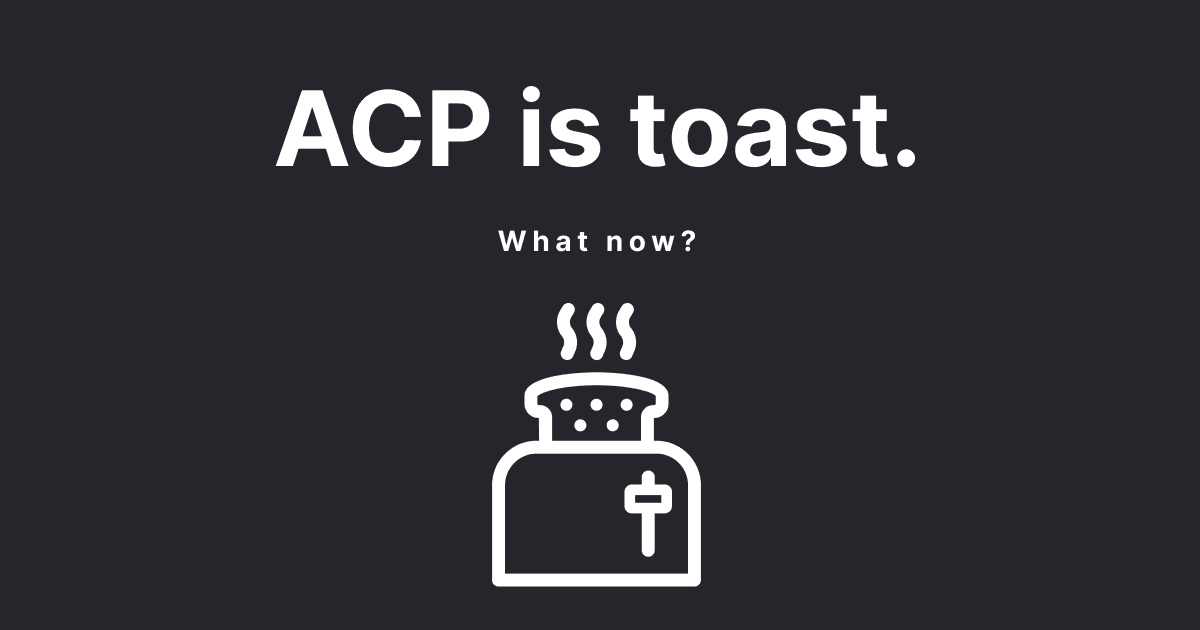
What comes after the Affordable Connectivity Program?
July 8, 2024
·
3 min read
The Affordable Connectivity Program (ACP), a federal subsidy which made internet service more affordable for nearly 60 million Americans, expired on June 1.
The program’s end came as Congress failed to fully fund the program despite the urging of policy experts, consumer advocates and activists since the beginning of the year.
ACP, which began in 2021 and was administered by the FCC, provided low-income Americans with a monthly credit up to $30 per month to put towards their internet bills, and up to $75 per month for those living on tribal lands.
Bridging the digital divide for low-income households has been a major priority for state broadband offices building their plans for both BEAD and Digital Equity funding.
What comes next for providers depends on measures taken by individual state broadband offices – and whether or not Congress later decided to make the Affordable Connectivity Program more permanent.
Some states have launched plans to fill the gap left by ACP’s expiration
Providers need to reach out to their state broadband offices to determine their course of action in ensuring that low-income families can remain connected.
Some states, like Pennsylvania, have established plans for ensuring that low-income families continue to have access to affordable broadband service. Per Pennsylvania’s plan, BEAD-supported providers must continue to offer an unsubsidized low cost plan. Low-income customers, in turn, are responsible for paying the full cost of those plans without the ACP subsidy.
Broadband experts, such as Philip Macres of Klein Law Group, expressed earlier this year that there was hope for the NTIA to address this issue through a match program.
“NTIA can look at a match [program] and say, ‘We’re gonna include in that match some type of low income program,’ which they have to perform over a period of time to maybe get us over the hump,” Macres said.

Some providers are continuing to provide broadband service
Numerous internet service providers, ranging from large providers like Verizon and Spectrum to rural providers like the Vermont Telephone Company, have earned recognition for their continued commitment to offer plans at $30 or less to low-income families.
There are also numerous smaller ISPs across the country offering low-income plans for customers in exchange for them keeping service, as outlined last month by CCG Consulting’s Doug Dawson.
Providers interested in offering a low-income option should start by inquiring about the eligibility of their new and existing customers, Dawson said.
“Most ISPs don't ask this simple question when speaking to customers,” Dawson said. “If ISPs want to have a low-income product, they must always ask new or existing customers if they qualify and then make it easy for them to enroll.”
It's also worth noting that it isn't uncommon for small, non-traditional providers to simply not be able to afford a low-income option, Dawson said.
“Financing a $30 discount comes straight out of an ISP's bottom line,” Dawson said. “They may not sound like a lot, but the smaller the ISP, the harder it is to be able to afford that. Most small ISPs don't have a margin as large as that discount – so that means losing money on every customer they connect.”
Congress still can make the ACP permanent
In May , members of the U.S. Senate proposed legislation that would have provided $6 billion in funding for the Affordable Connectivity Program. The proposed legislation which earned bipartisan support would have ensured enhanced targeting of communities in need and minimized waste.
Unfortunately, the legislation was not able to pass before the May 31 deadline, but the contents of the legislation has been proposed as additions to other legislative funding proposals.
Providers must remember what’s at stake
As providers and their customers face uncertainty ahead, it’s important to remember what’s at stake in BEAD and beyond.
Broadband access doesn’t simply close the digital divide, but closes divides in education, healthcare and culture. Let’s not lose the shot that our country’s largest and arguably last major investment in broadband.

